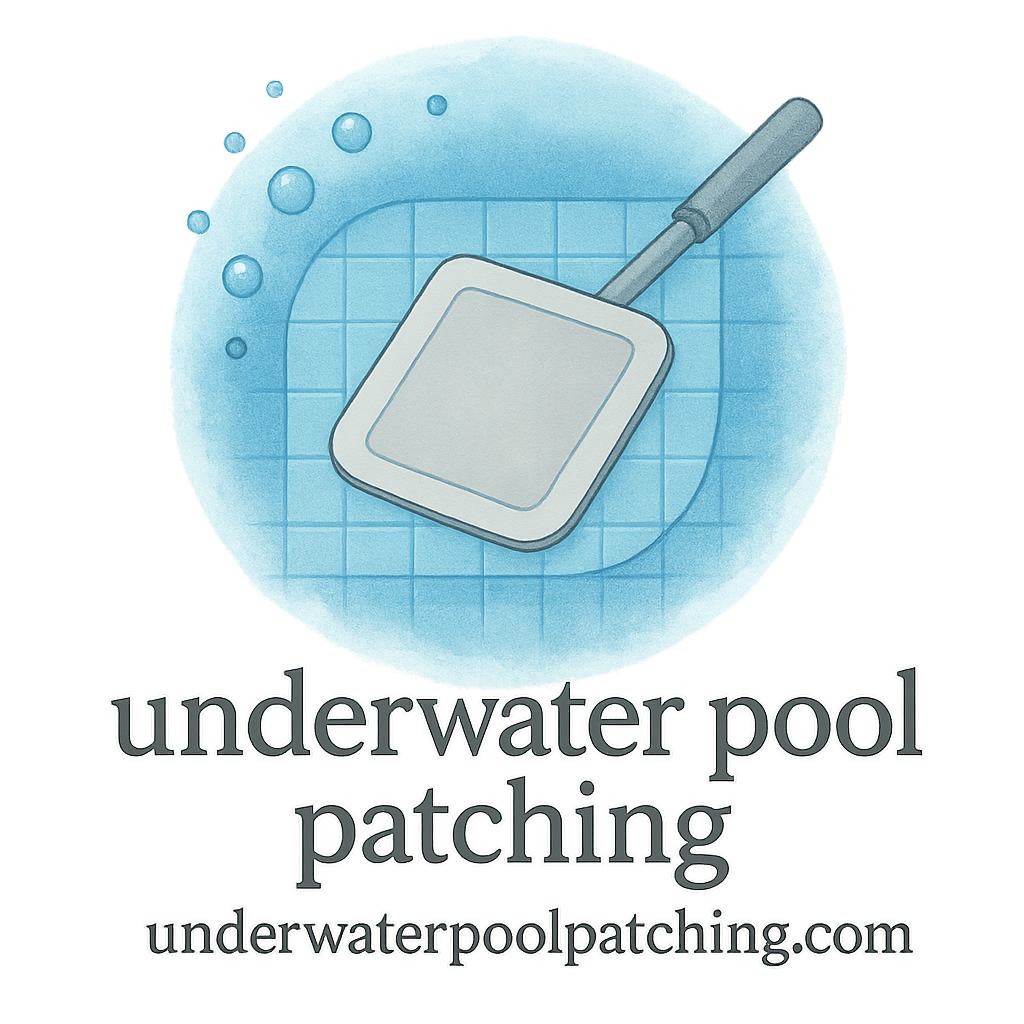Owning a pool is a blast—until damage creeps up out of nowhere and your weekend oasis becomes a money pit. That’s why routine checks aren’t just a “nice-to-have”; they’re the pool equivalent of brushing your teeth. Regular maintenance saves you big bucks down the line, prevents headaches, and keeps your pool swim-ready all year long. Let’s dive (pun intended) into the 10 most important routine checks you should be doing to prevent underwater pool damage.
Why Routine Pool Checks Matter
If you’ve ever paid for a surprise pool repair, you already know: small problems quickly snowball into costly damage. Skipped maintenance is like ignoring a toothache—you’re just asking for trouble.
The Silent Killers: Hidden Pool Issues
Cracks, undetected leaks, and failing patches usually don’t scream for attention. They whisper. And by the time they start yelling, you’re facing a major renovation. That’s why it’s so crucial to run through these checks regularly—many of which relate directly to effective inspection and diagnosis.
1. Surface Inspection for Cracks or Chips
Every few days, scan your pool’s interior surface—walls, floor, and steps. Look for cracks, blistering, chipping, or unusual discoloration.
Signs of Surface Trouble You Shouldn’t Ignore
If a crack seems to grow, don’t brush it off. It may need professional attention and prompt patch repair using the right materials.
Check our guide on patching techniques if you spot damage early.
2. Leak Detection: Monitor Water Levels Weekly
A slight dip in your pool’s water level might seem normal. But if it’s dropping too fast—even a quarter-inch per day—you might have a leak.
Using the Bucket Test to Confirm Suspicion
This old-school trick works: Fill a bucket with pool water and place it on a step. If the pool’s water level falls faster than the bucket’s, you’ve got a leak. For more in-depth info, check our leak detection resources.
Also, visit our cost budgeting page to understand how much a repair might set you back if ignored.
3. Inspect Pool Edges and Tiles
The top edge of your pool isn’t just for looks. Cracks along the coping or tile line can allow water intrusion and signal structural weakness.
Damage Around the Edges: Cosmetic or Catastrophic?
If you’re unsure whether a chipped edge is purely aesthetic or a structural risk, read up on edge finish problems.

4. Pressure Testing for Plumbing Integrity
Pool plumbing is mostly hidden—but vital. Cracked underground lines can leak hundreds of gallons unnoticed.
How Often Should You Pressure Test?
At least once a season. Hire a pro or get a pressure gauge yourself. We explain how it works on our repair techniques page. And don’t skip reading about the pressure test tag.
5. Checking Underwater Lighting Seals
Water and electricity don’t mix—so your lighting seals better be tight.
Cracked Seals = Hidden Leaks
Check for foggy lights, loose fixtures, or exposed wires. Many leaks start right here, and you’ll want to address them using insights from our diagnosis resources.
6. Evaluate the Patch Work & Patch Life
Old patches wear out. And let’s face it, not all patches are created equal.
When to Retire Old Patches
If a patch has outlived its life (which you can determine by its texture or bond failure), it’s time to replace it. Learn more at patch types & materials and the patch life tag.
7. Epoxy Patch Smoothness and Smoothing Maintenance
You should literally feel your pool walls—seriously! Any lumpiness or hard edges in patched areas may indicate failed adhesion.
Bumpy Fixes Can Lead to Bigger Issues
Poor epoxy application leads to long-term failure. Sanding and reapplying might be needed. For best practices, check the smoothing section of our blog.
8. Routine Filter System Checkups
You might be wondering—what does my filter have to do with underwater cracks?
Why Filters and Pumps Affect the Entire Pool Structure
Clogged filters reduce circulation, leading to unbalanced chemicals and algae, which can eat away at your surface over time. Want to save money long-term? It’s all about cost-saving maintenance.
9. Skimmer and Drain Functionality
These are your pool’s primary water circulators. If they’re blocked or broken, everything goes haywire.
When Drainage Is More Than Just Water Flow
Improper drainage can build pressure in the wrong places, especially near cracks. Want to know more? The maintenance and patching tags cover this in detail.
10. Scheduled Maintenance & Subscription Plans
Sometimes the best check is one you don’t do yourself. Regular professional checks via a subscription plan help you stay ahead of surprise problems.
Prevention Through Planned Maintenance
Explore our maintenance-prevention guides and see why planned upkeep beats reactive fixes any day.
Conclusion: Prevention is Cheaper than Restoration
You’ve got a pool to relax, not stress. Doing these 10 routine checks regularly is the best way to avoid turning a dream pool into a financial nightmare. With just a little attention (and some guidance from underwaterpoolpatching.com), you can catch problems early and avoid massive repair bills. Your pool—and your wallet—will thank you.
FAQs
1. How often should I check for underwater pool cracks?
Every 2–4 weeks is ideal, especially during hot seasons.
2. What’s the best way to detect small leaks?
Try the bucket test first, then consult our leak detection guide.
3. Can I patch my pool myself?
Yes, but using the correct patch materials and techniques is crucial.
4. How do I know if my epoxy patch is failing?
Look for flaking, edges lifting, or bumpy surfaces. See our epoxy tips.
5. Is routine maintenance worth the money?
Absolutely—especially with money-saving maintenance plans that prevent costly issues.
6. Should I hire a pro or do my own inspections?
Both! DIY checks are good, but annual pro inspections catch deeper issues.
7. Where can I learn more about specific patching techniques?
Head over to underwaterpoolpatching.com/tag/patching-techniques for detailed guides.


